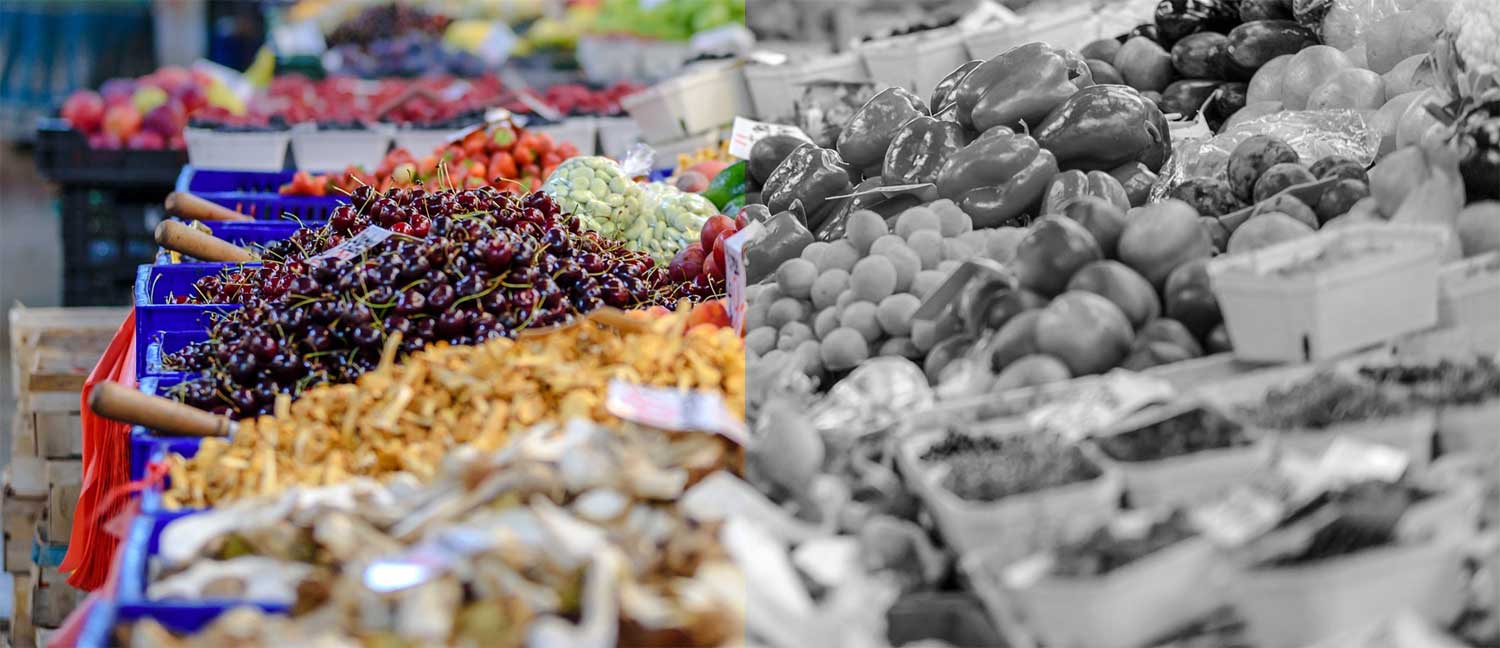A better diet leads to better health and a better diet is one that includes fresh foods that are minimally processed and eaten in modest quantities. On this, all nutritionists and responsible experts agree. So why is it that the standard American diet fails so miserably to deliver a better diet and why is the average American consumer now get more than half of their total calories from ultra-processed foods?
Ultra processed foods (UPF’s) are foods that are stripped of nutrients and combined with sugars and artificial ingredients. The fact of that matter is that there’s a tension between what is considered healthy and what is profitable. UPFs were made profitable by a combination of a surplus of grains, advanced manufacturing techniques and a retail system that made shelf life a higher priority than quality or nutrition. Starting in the mid 70’s, the number of calories Americans consumed from the snack food category nearly doubled.
This change in the standard American diet has resulted in weight gain, an increase in insulin resistance and an epidemic of chronic diseases including cardiovascular disease. Most people in the United States have at least one chronic disease and nearly half have two. These diseases are responsible for about 70 percent of all deaths.
Income Matters
Anyone who tracks the food industry knows that healthy, organic food options exist but these tends to be marketed towards the healthiest and the wealthiest adults. Children and those who are low on the socio-economic ladder tend to be the the primary targets of ultra-processed-food marketing budgets and sales.
Food deserts are areas where healthy and affordable food choices are severely restricted or non-existent. There are five fast-food restaurants for every supermarket in the United States and fast food outlets are found more in poorer neighborhoods, especially in areas where residents are people of color.
According to the USDA’s Economic Research Service, a food desert is defined as a low-income census tract where a substantial number or substantial share of resident do not have easy access to a supermarket or large grocery store. While the USDA keeps track of food deserts but whether or not individuals reside in a food desert depends on a variety of factors including whether households have vehicles and where they fall on the poverty line. The reality is that it’s not enough to bring supermarkets and other healthy food options to a neighborhood if people’s incomes remain low. Having economic access to good food is as important as having physical access.
Check out some of these helpful resources:
- The USDA’s Food Access Research Atlas -This resource lets you find out where it’s difficult to buy fresh healthy food
- Exploring Food Deserts in the United States
- Food Deserts – Causes, Statistics, and Resources

